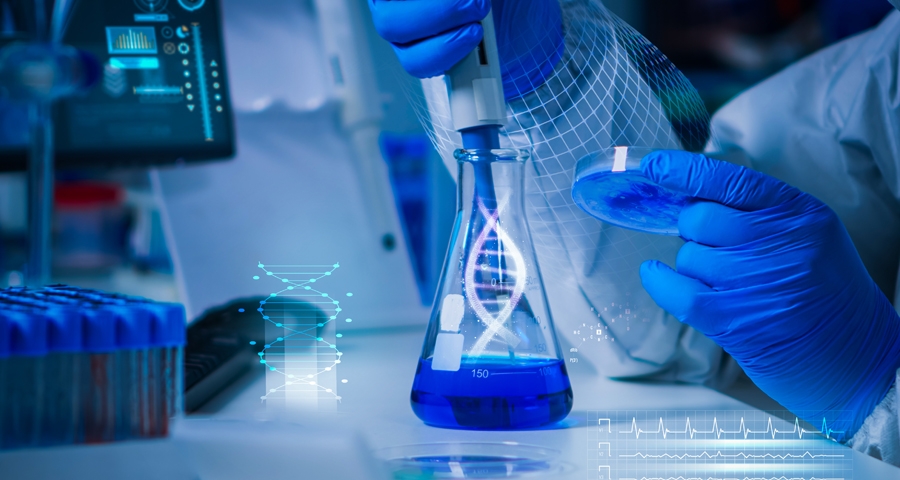
How self-healing biomaterials can revolutionize orthopedic prostheses
Featured
-
Traditional Prostheses: Conventional prosthetic materials such as metals and polymers can degrade over time due to mechanical stress, leading to wear and tear. This degradation often necessitates revision surgeries, which are costly and painful for patients. -
Self-Healing Biomaterials: These materials can autonomously repair damage. When a crack or scratch occurs, the material can restore its original integrity through various mechanisms (e.g., chemical reactions, thermal processes, or the incorporation of microcapsules containing healing agents).
-
Current Issues: The need for revision surgeries is a significant drawback of traditional prosthetic implants. These surgeries carry risks of infection, complications, and extended recovery times. -
Self-Healing Solutions: By extending the lifespan of implants and maintaining their structural integrity, self-healing biomaterials can significantly reduce the frequency of revision surgeries. This can improve patient outcomes and decrease healthcare costs.
-
Fatigue Resistance: Self-healing biomaterials can enhance fatigue resistance, which is crucial for load-bearing implants such as hip and knee replacements. This resistance helps in maintaining the functionality and stability of the implant under repetitive stress. -
Enhanced Toughness: These materials can also exhibit increased toughness and resilience, reducing the likelihood of catastrophic failure.
-
Biocompatible Healing Agents: The healing agents used in self-healing biomaterials can be designed to be biocompatible, ensuring that they do not provoke adverse immune responses. -
Osseointegration: Advanced self-healing biomaterials can promote better osseointegration (the process by which the implant integrates with the bone), enhancing the stability and performance of the prosthesis.
-
Smart Polymers: These polymers can change their properties in response to external stimuli such as temperature or pH changes. They can heal themselves by undergoing a reversible phase transition. -
Microencapsulation: This involves embedding microcapsules containing healing agents within the material. When damage occurs, these capsules rupture, releasing the healing agents to fill cracks and restore the material's integrity. -
Shape Memory Alloys: These materials can "remember" their original shape and return to it when heated. They can close cracks and heal damage through thermal activation.
-
Clinical Trials: Before widespread adoption, self-healing biomaterials must undergo rigorous testing in clinical trials to ensure their safety and effectiveness. -
Regulatory Approval: Obtaining regulatory approval from bodies such as the FDA is essential for these materials to be used in medical applications. -
Cost and Manufacturing: Developing cost-effective manufacturing processes for self-healing biomaterials is crucial for their commercial viability.
